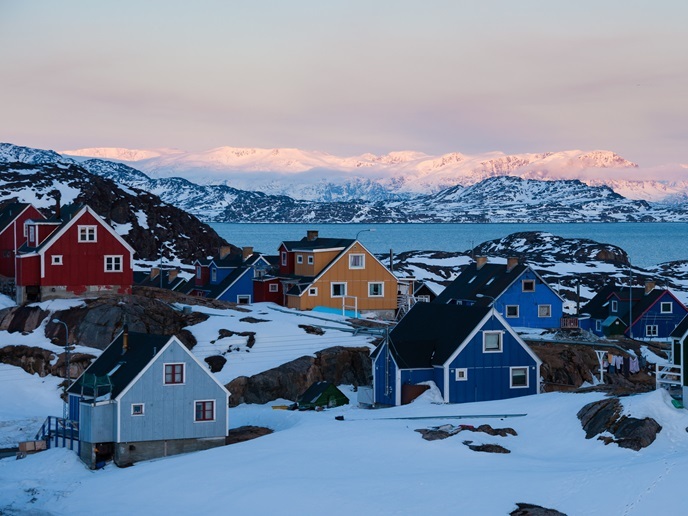Storylines reveal climate change impacts in polar regions
Parts of the Arctic are warming four times faster than the rest of the planet. Understanding what this means for both local communities and the world as a whole is critical if we are to take meaningful action. “These changes will have local consequences in terms of local wildlife and risks to society,” explains PolarRES(opens in new window) project coordinator Priscilla Mooney from the NORCE Norwegian Research Centre(opens in new window). “They will also have global impacts, as melting ice leads to rising sea levels and changing weather patterns beyond the polar regions.”
Climate information to support effective policies
The motivation behind the EU-funded PolarRES project was to better understand polar processes and their role in the polar and global climate system, and to strengthen the knowledge base for policymakers at all governance levels. “A key starting point was recognising that polar regions both influence the global climate and are in turn influenced by the global climate,” explains Mooney. “We therefore wanted to look at the polar regions in a global context.” To do this, the project brought together leading experts on polar and global climate change. Together, this project team studied the interactions between the atmosphere, ocean and sea ice in the Arctic and Antarctic, and their role in the global climate system. The overarching goal of this was to develop climate forecasting models capable of providing information useful to local communities, as well as climatologists looking at global changes. Mooney expects these models will provide fresh insights into key local-scale interactions between the atmosphere, ocean and sea ice, as well as projected changes in the global climate system.
Relatable storylines based on model predictions
PolarRES also addressed the need to communicate climate impacts beyond the confines of science and academia. This was achieved through developing relatable storylines(opens in new window) based on model predictions. “We wanted to explain what different predicted scenarios might actually mean for local communities,” adds Mooney. “For example, what does it mean in practice if there is very strong warming in the Barents-Kara Seas? How could it affect wildfires, permafrost thaw, trans-Arctic shipping routes, and marine ecosystems?” One storyline for example looks at the possible impacts of stronger warming in the Barents-Kara Seas on permafrost thaw. Nearly 5 million people live in areas affected by permafrost. Critical infrastructure such as roads, pipelines and airports are at risk of unexpected and immediate degradation should the underlying permafrost thaw. This could lead to considerable economic and social costs for Arctic communities as well as significant risks to the surrounding environment. “Our storyline approach allows us to study multiple outcomes of climate change and analyse a wider range of environmental changes,” says Mooney. “It also enables us to improve the quality of information obtained from climate models.”
Climate change scenarios that resonate with communities
Mooney believes that this groundbreaking storyline approach will help to make climate information resonate with communities, and lead to meaningful action at the local, regional and global levels. “It is important that people in vulnerable regions have access to clear and actionable information,” she notes. This might include ways to cope with permafrost thaw or adapt to changing fishing patterns. The project has also launched a Polar Explorer(opens in new window), a publicly available tool that allows users to intuitively explore the impact of climate processes on very real threats such as disturbances to marine ecosystems. Both polar regions are represented. “We really want this tool to be used by local groups, to assess the potential impacts of climate change,” adds Mooney. “What might stronger winds or heatwaves mean for people living in the Arctic, for example? We think that this will be a long-lasting legacy of this project.”





